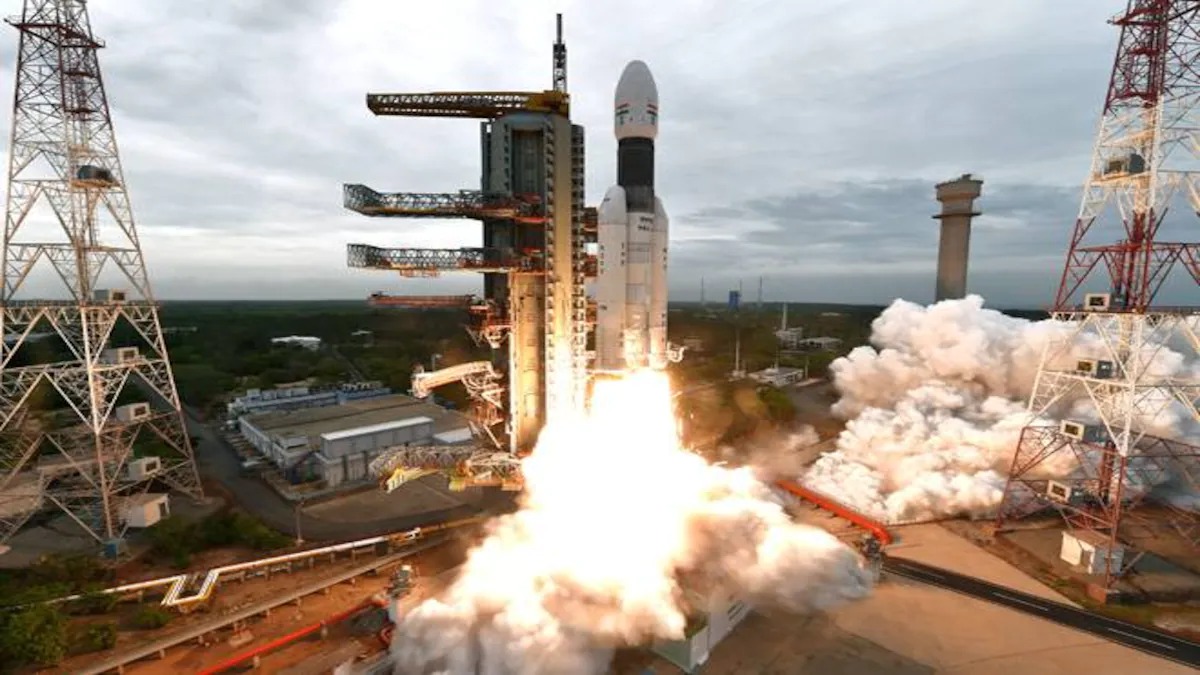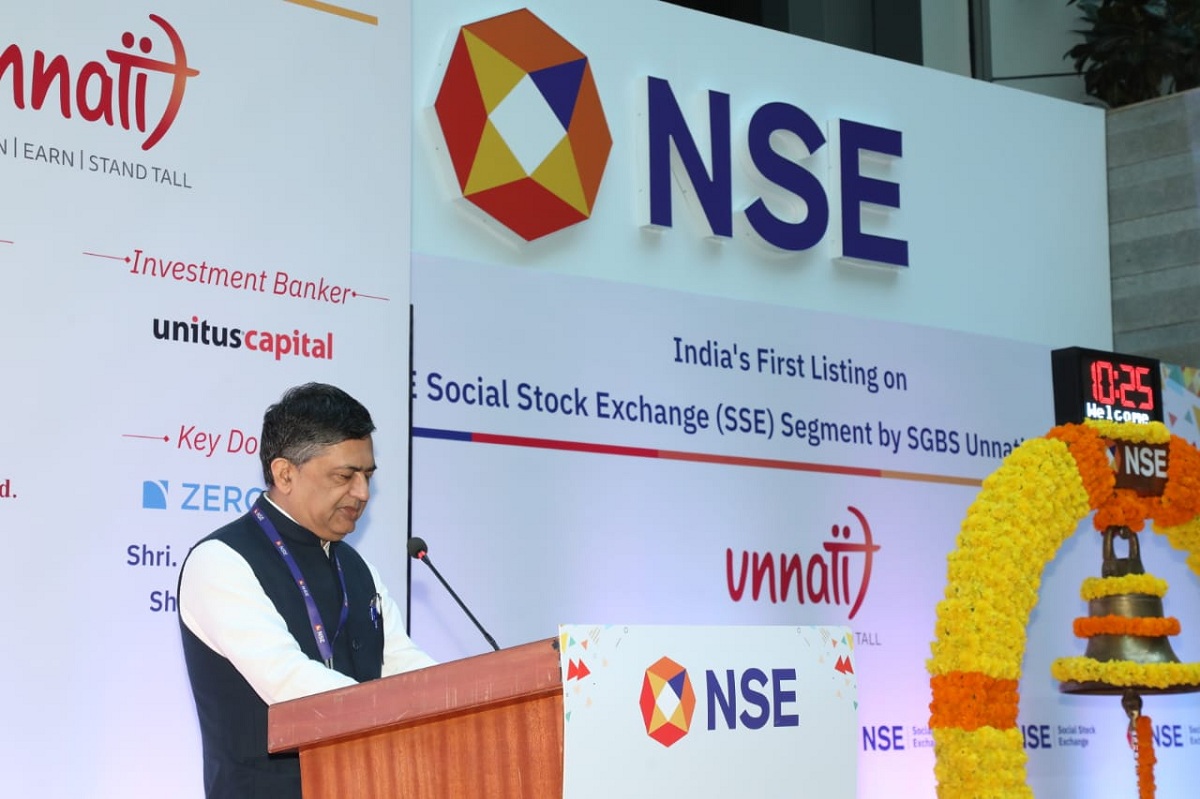The first test vehicle of Gaganyaan, India’s ambitious first manned spacecraft initiative to validate the crew escape system, will be launched within a month or two, a top ISRO official said on Friday. According to Bengaluru-headquartered National Space Agency officials, this will be the first of four aborted missions of the Gaganyaan programme. The first test vehicle mission, TV-D1, will be followed by the second test vehicle TV-D2 mission and the Gaganyaan’s first uncrewed mission (LVM3-G1). Test vehicle missions with robotic payloads (TV-D3&D4) and a second series of LVM3-G2 missions are planned next.
The crude mission is planned based on the results of successful test vehicles, they said. “… Immediately what we’re seeing now is legalizing the crew escape system. In a month or two, the mission will be from Sriharikota,” Gaganyaan project director R Hutton told at an international space conference here. According to ISRO officials, the Gaganyaan project aims to carry a crew of two to three members into a circular orbit of about 400 km around the Earth for a one- to three-day mission and demonstrate their ability to return safely. The earth lands at a certain place in the waters of the Indian Ocean.
The LVM3 rocket, ISRO’s heavy lifter launcher, is identified as the launch vehicle for the Gaganyaan mission. It consists of a solid phase, a liquid phase, and a cryogenic phase. All of LVM3’s systems have been reconfigured to meet human rating requirements and renamed Human Rated LVM3 (HLVM3). “I’m happy to say that LVM3 is human-rated. When we say human-rated, it should have an adequate safety margin,” Hutton said at a conference organized by the Confederation of Indian Industry. HLVM3 consists of a Crew Escape System (CES) powered by a set of fast-acting, high-burn-rate solid motors that ensure that the crew module (CM) and crew module are taken to a safe distance in any emergency to the launch pad or during the ascent phase.
Orbital modules (OM) that will orbit the Earth include crew modules and service modules (SM). OM is equipped with state-of-the-art avionics systems with sufficient redundancy considering human safety. CM is a habitable place for crews to live in space with an Earth-like environment. It is a two-wall construction consisting of pressurized metal internal structures and pressureless external structures with heat protection systems. It has crew interfaces, human-centered products, life support systems, avionics, and desalination systems. It’s designed for re-entry to ensure the safety of the crew when landing up to the touchdown. The SM will be used to provide the CM with the necessary support while in orbit. It is a stress-free structure that includes heat systems, propulsion systems, power systems, avionics systems, and installation systems.




